Also available in: Français
Between trendy terms like Product Discovery, and older terms we’ve been carrying around for years, like UCD (User Centered Design) and the Double Diamond, it’s time to make room for the concept of user research that you’ll inevitably encounter in all design-forward companies: Y.O.L.O.
Y.O.L.O – You only live once, an essential approach.
YOLO,” derived from the English expression “You Only Live Once” is often used to encourage fully enjoying life, taking risks, and living experiences without regret, as we only have one life to live.
Derived from the initial spirit of the expression, this framework outlines what every designer should do as soon and quickly as possible: stop overthinking and analyze on the field so that theory conflicts (or harmonizes) with reality as soon as possible.
The general rule behind this approach is as follows: you will make mistakes, so it’s better to do so early and revise your work to improve it after learning valuable lessons from your errors. It’s better to put something into production 10 times and correct it 10 times than to mull over a problem 30 times before making a decision.
The Design Framework: Y.O.LO.
Behind the name lies a framework whose primary nature is not necessarily to follow it in order, just like any design process. Behind each letter, you’ll find an important aspect that will enable you to strive not for excellence, but for an acceptable standard above the prevailing mediocrity of today’s web.”
Y – Yield to Creativity: This step encourages designers to let their creativity flow freely without inhibitions. It’s about embracing unconventional ideas and exploring out-of-the-box solutions without being constrained by traditional norms or expectations. Designers are encouraged to brainstorm, sketch, and ideate without judgment, allowing for the emergence of innovative concepts.
O – Open to Feedback: In this step, designers remain receptive to feedback throughout the design process. It involves actively seeking input from users, stakeholders, and teammates at various stages of design development. By being open to feedback, designers can gain valuable insights, identify potential issues, and refine their designs to better meet user needs and expectations.
L – Leap of Innovation: This step encourages designers to take bold leaps in innovation and experimentation. It’s about pushing boundaries, taking risks, and exploring new possibilities that have the potential to disrupt existing norms or conventions. Designers are encouraged to challenge assumptions, explore uncharted territories, and pursue ambitious ideas that have the potential to create meaningful impact.
O – Organic Iteration: In this step, the design process is characterized by continuous, iterative refinement based on feedback and insights gained throughout the design journey. Designers embrace a flexible and adaptive approach, allowing the design to evolve organically over time. Iterations are based on user testing, data analysis, and iterative prototyping, ensuring that the final design is informed by real-world usage and feedback. The organic aspect? You’re going to make mistakes regardless, so you might as well do it early and correct course quickly.
If I were to summarize, Y.O.L.O is a design approach that encourages uninhibited creativity, openness to feedback throughout the process, bold risk-taking in innovation, and continuous refinement based on insights and user feedback.
By combining these elements, the YOLO method aims to create user-centered designs that are both imaginative and effective, while also encouraging fully embracing the design experience and life itself.
How to apply Y.O.L.O in everyday life?
Here are some tips for a designer who wishes to apply the Y.O.L.O method in their daily work, as well as the points of attention they should consider:
- Cultivate fearlessness in creativity: Encourage yourself and your colleagues to explore bold and unconventional ideas. Don’t hesitate to venture off the beaten path to find innovative solutions.
- Stay open to feedback and criticism: Be receptive to feedback from users, colleagues, and stakeholders. Use this feedback as opportunities for learning and improvement, even if it challenges your preconceived ideas.
- Don’t be afraid to take calculated risks: Actively seek out opportunities for innovation and don’t shy away from stepping out of your comfort zone. While taking risks, make sure to evaluate them thoughtfully and learn from both positive and negative experiences.
- Practice continuous iteration: Embrace an iterative approach to design, making ongoing adjustments and improvements throughout the process. Use feedback and data to inform your decisions and refine your work organically.
- Find a balance between innovation and feasibility: While encouraging innovation, keep in mind the constraints of time, budget, and resources. Seek innovative solutions that are also achievable within the given context.
- Stay committed to your passion and goal: Remember the importance of fully enjoying the design process and staying connected to your passion for creating exceptional user experiences.
What future does the Y.O.L.O framework hold for us?
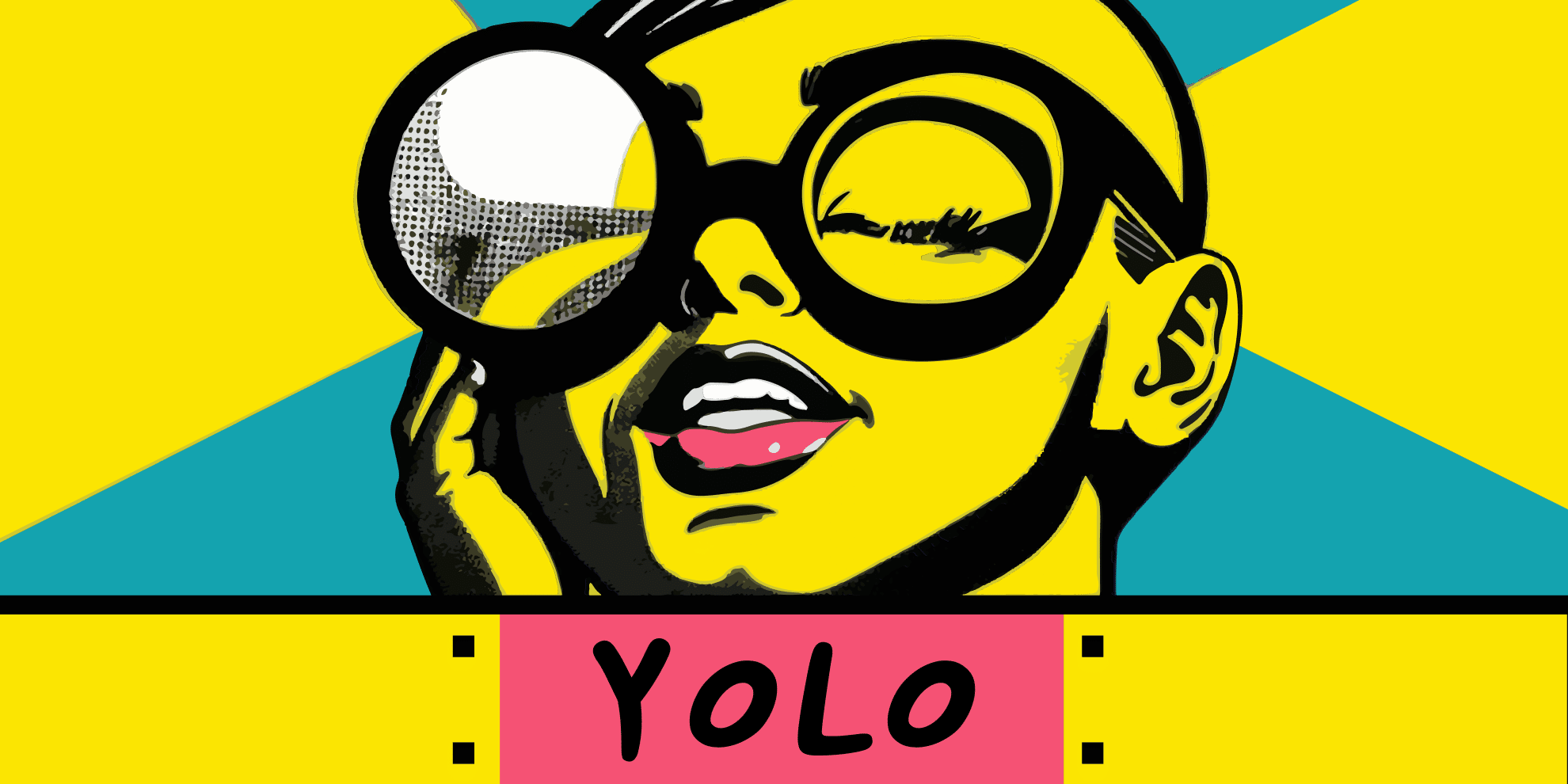
Even if some designers may not be aware of the direct application of YOLO principles in their work, these are often implicitly present. YOLO provides a framework to encourage exploration and creativity, even in contexts where the design process follows more traditional methodologies.
Designers are constantly faced with unique challenges and complex problems that require original and innovative solutions. Even when methodical approaches are used, it’s often necessary to think outside the box to find effective solutions tailored to user needs.
The idea of YOLO as an exploratory framework reminds designers of the importance of staying open to new ideas, not fearing failure, and being willing to take calculated risks to achieve exceptional results. It also encourages not being too rigid in the strict application of predefined methodologies, but rather adapting them flexibly according to the specific requirements of the project and design objectives.
By recognizing the fundamental essence of YOLO as a call to exploration and innovation, designers can better understand how these principles influence their work, even if they’re not explicitly labeled as such. This enables them to fully grasp creative opportunities and push the boundaries of what’s possible in the field of design.
And what if you had been lied to from the beginning?
The problem with this article is that it takes real-life scenarios (for designers who have felt a reality check, welcome to the club) to mock the concept of user-centricity. You’ve probably understood that, even though there are plenty of good ideas in this Y.O.L.O framework, it’s not a serious framework 🐠
Nevertheless, I want to make you think about all the new concepts popping up here and there, especially those that introduce you to the principle of “discovery”, or all the overly strict frameworks that describe specific steps to follow.
The reality on the ground is quite different, and often, accepting to make mistakes, and making those mistakes, will teach you much more than overthinking the problem for too long. Maybe the Y.O.L.O framework isn’t so caricatural after all… 😁

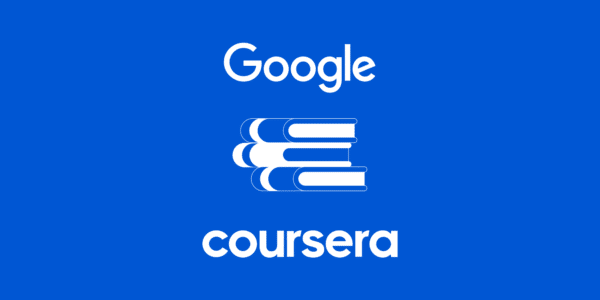
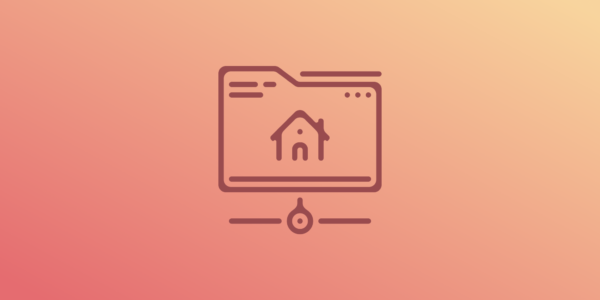
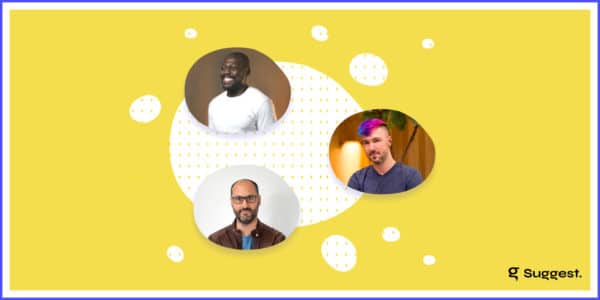
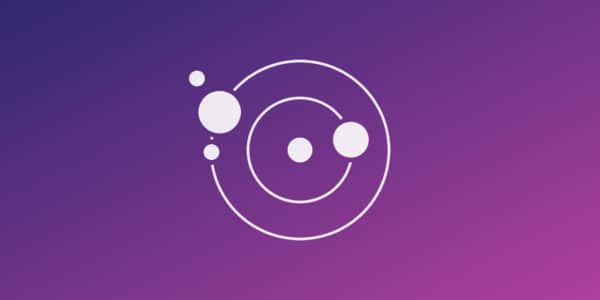
Post a comment for this article?
Follow comments and trackbacks